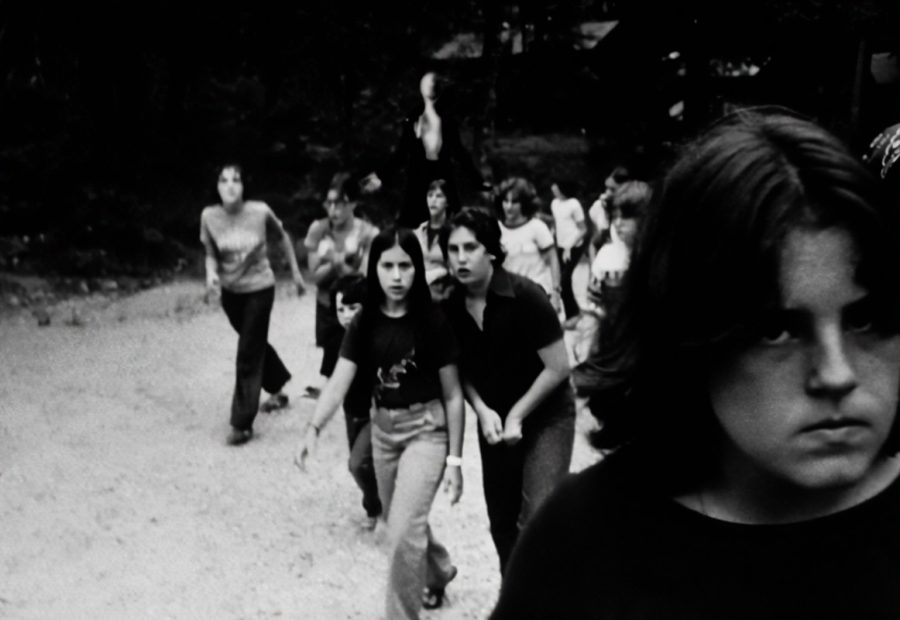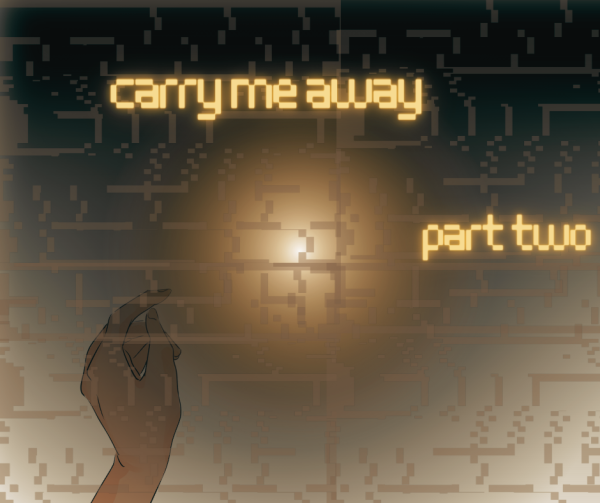The History of Creepypastas
A creepypasta is, in essence, an internet urban legend. More specifically they are a type of copypastas, which are chunks of text that have been copied and pasted around social media and internet forums with some edits. Creepypastas are rumored to have started in the 1990’s through chain emails, meaning they have been around since the beginning of the internet. To many they are considered a staple of internet culture. But how did the eerie stories we now know today come to be, and why did their popularity end? Let’s start with the earliest known examples we have.
The nature of the idea of copypastas and creepypastas, which is to copy and paste them across different platforms on the internet, makes pinpointing the “original” creepypasta difficult, as many stories were posted online anonymously. Not to mention there are different subgenres of creepypasta stories I could also list off the firsts of. Starting with the spam emails that have been rumored to have gone around in the 90’s. There is no evidence of these emails’ existence, so I can’t give an idea of what they held. Most of the earliest stories we consider creepypastas today were originally posted to the /x/ board on 4chan, a board that is dedicated to the supernatural.
A story called Ted the Caver that was posted on /x/ in 2001 is one of the first (if not the first) creepypastas ever posted. Ted the Caver follows Ted, as he and a small group of friends navigate a local cave which devolves into what is considered most people’s worst nightmare. The story is told in a blog-like manner where we are given many details about the horrors Ted and his friends come across in the cave, but end up with a cliffhanger, where we are made to assume Ted dies.
Older creepypastas generally had some realism to them, or else they wouldn’t be spread around. This resulted in many creepypastas being based around existing legends like lost episodes of kids cartoon episodes. An example of this trope is “suicidemouse.avi” and “Dead Bart.” Of course, the idea of a hidden Disney episode of a beloved character committing suicide is too far out for most to believe today, it was real enough for people to spread around, garnering attention and interest in the genre.
Considering what we know as the beginning of creepypasta culture, there is still more to investigate, how these stories went from a small subgenre of online horror into iconic mainstream media figures. There is no better example of this than Slender Man. Slender Man is described as a tall, humanoid creature with black tendrils coming out from his back. He wears a black suit and has no face. His main victims were said to be small children. His first depiction was in a Photoshop contest in 2009. Two black and white images submitted to the forum Something Awful by a man going by Victor Surge (real name: Eric Knudsen). In these pictures he is seen in the background what looks to be a playground where children are playing. The images quickly went viral, spurring fanart and cosplay of the lanky character. Eventually leading this increasingly popular character to leak into the mainstream through video games, movies, and YouTube projects. There have been hundreds of Slender Man fan games created throughout the years following his first depiction. The oldest being Slenderman: The Eight Pages which just hit its 10-year mark in June of this year.
One of the most popular creepypastas to date is Jeff the Killer. Interestingly enough, Jeff’s fame does not come from his original story being particularly frightening, or realistic enough to be spread around, it was young teen girls’ attraction to him. Loads of fanart depicting him as a depressed misunderstood figure was made. The story of Jeff the Killer is not well-written at all really. The characters’ reasoning for their behavior is not that clear, there is only short-lived suspense, and the writing at parts is just downright cringey. His appeal came from his dark, somewhat understandable backstory. He was seen as a broken teen to be fixed, a real bad boy. Many other creepypasta figures like Ben Drowned and Eyeless Jack would receive this same treatment.
Despite creepypasata’s success in the early 2010’s, they quickly fell out of favor with audiences, and were on a quick decline in popularity after June 2014. What happened exactly that caused this diminishment in popularity nobody can exactly pinpoint. I personally believe that, over the past decade, now that children have become more active on the internet, they noticed creepypastas and decided to create their own. This would result in an abundance of poorly written stories flooding the community. With no quality filters, content creators caught wind of these stories and highlighted them in compilations of the best of the worst stories. Eventually leading to creepypasta’s being seen as something childish and “cringeworthy.”
However, it could have just been that creepypasta’s were just an internet fad that had run its course and reached its inevitable end. Long live internet trends!
Your donation will support the student journalists of Dakota High School. Your contribution will allow us to purchase equipment and cover our annual website hosting costs.

Eli Palmer is a sophomore at Dakota. This is her first year as part of The Dakota Planet as a writer. In the future she would like to attend college and...










